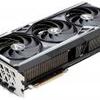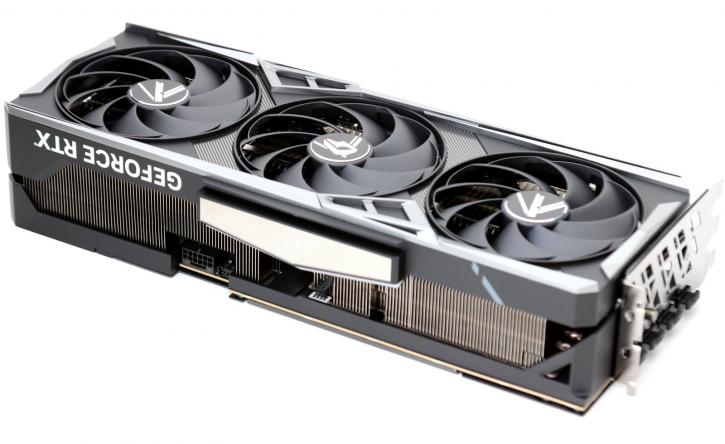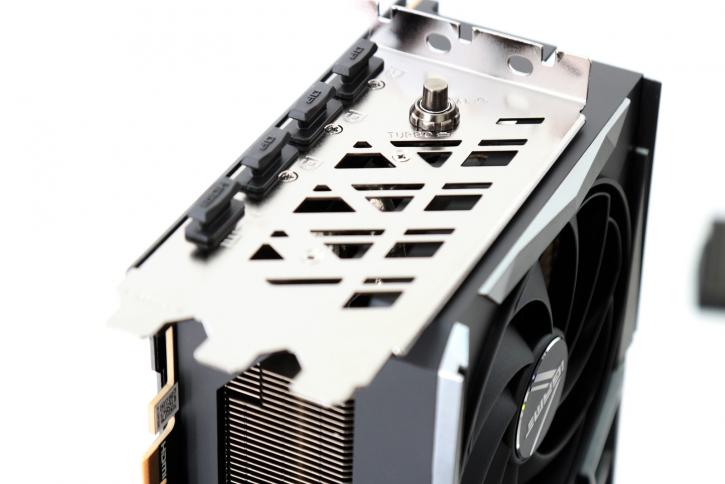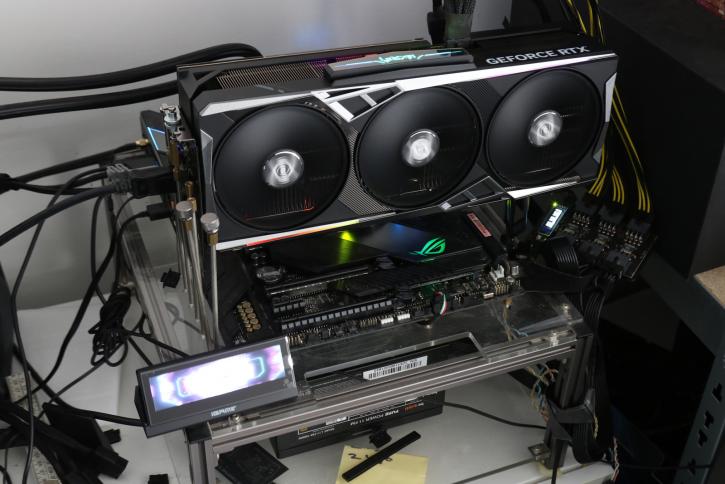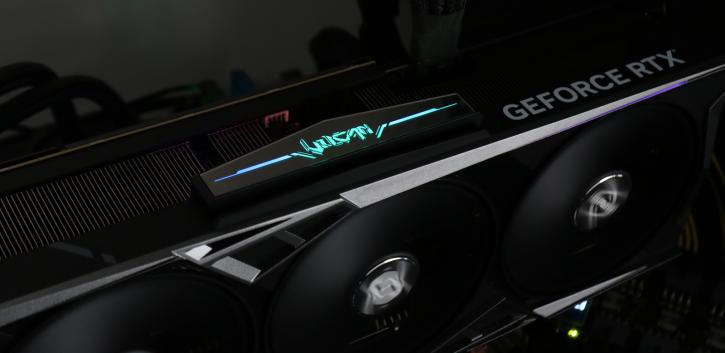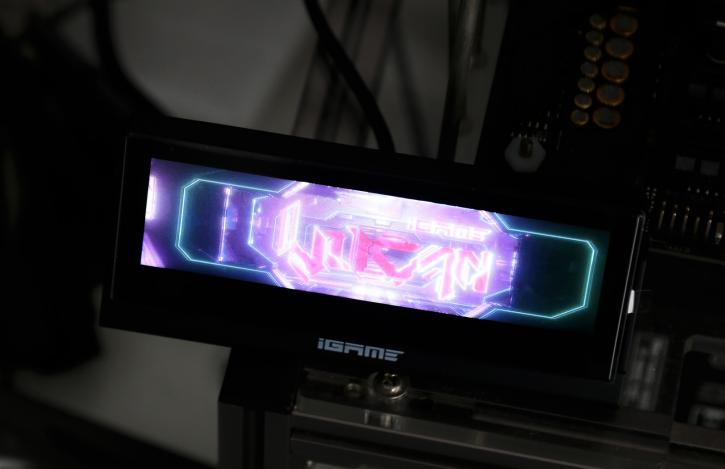Product photos
Product Photos
The reference 4090 cards have a maximum boost frequency of 2.61 GHz, while the Vulcan has a boost rate of 2.655 MHz and a base clock that hovers around 2.235 MHz. Also, be warned that the device emits a great deal of heat; you will need a well-ventilated computer with a front intake and a top exhaust. The power limiter gives this card a tad more leech, but more on that in our overclocking segment.
A sleek shroud with a dark finish covers the heatsink array, and as you will see in the following section, it performs a fantastic job of maintaining low temperatures. Because the PCB is two-thirds the length of the card, air from the third fan travels through the fin-stack and out of a big hole in the backplate that has been skillfully constructed to replicate the Founders Edition's arrow-tail design.
The card is 33 centimetres long and four slots thick. It is 2.45 kg in weight.; thus, be careful when installing it, the PCIe slot could easily break. Display outputs include three DisplayPort 1.4 and one HDMI 2.1, as expected, and yeah this is properly one of the longest cards we've seen in a while.
The card's display outputs include three DisplayPorts and an HDMI. The rear I/O additionally includes a push-type 2-way switch for the card's dual-BIOS configuration.
The top of the card contains a slot for mounting the iGame Status Monitor display, which will make contact with the card through hard points and kept in place with magnets. Just pop it on, and it secures itself.
